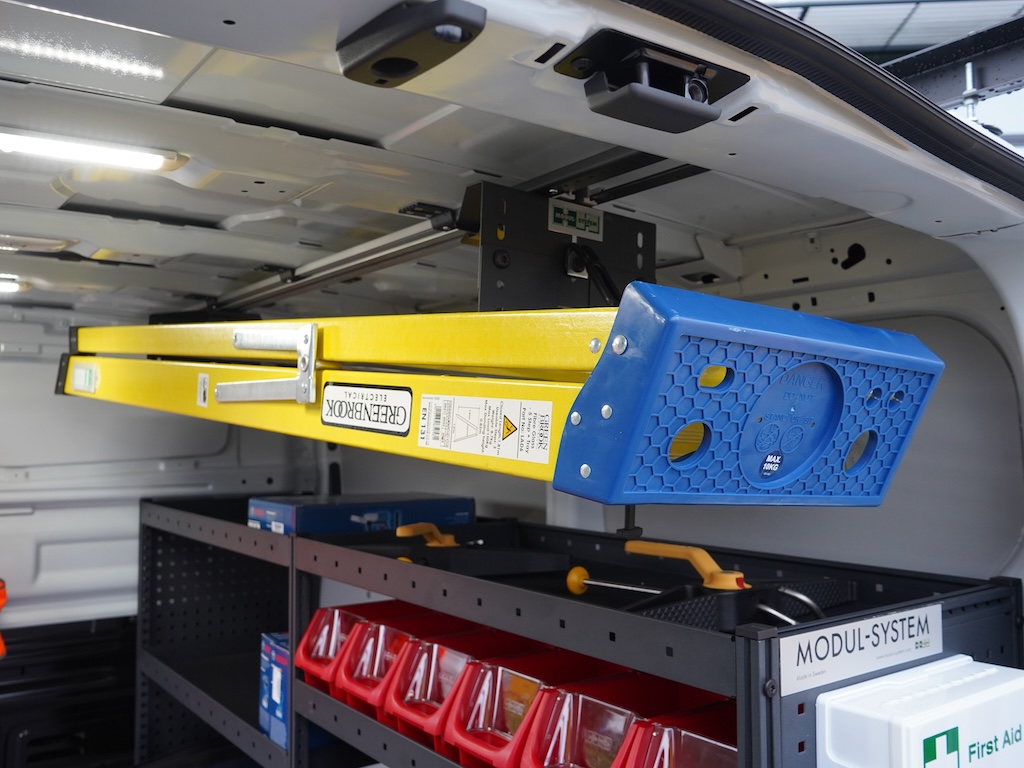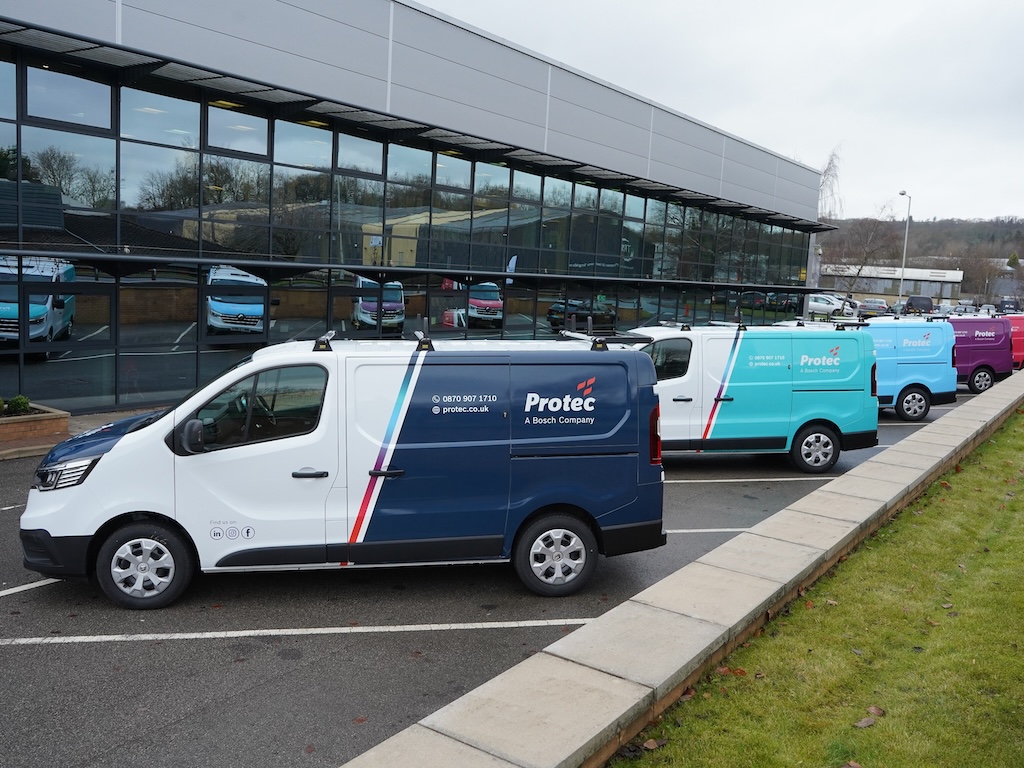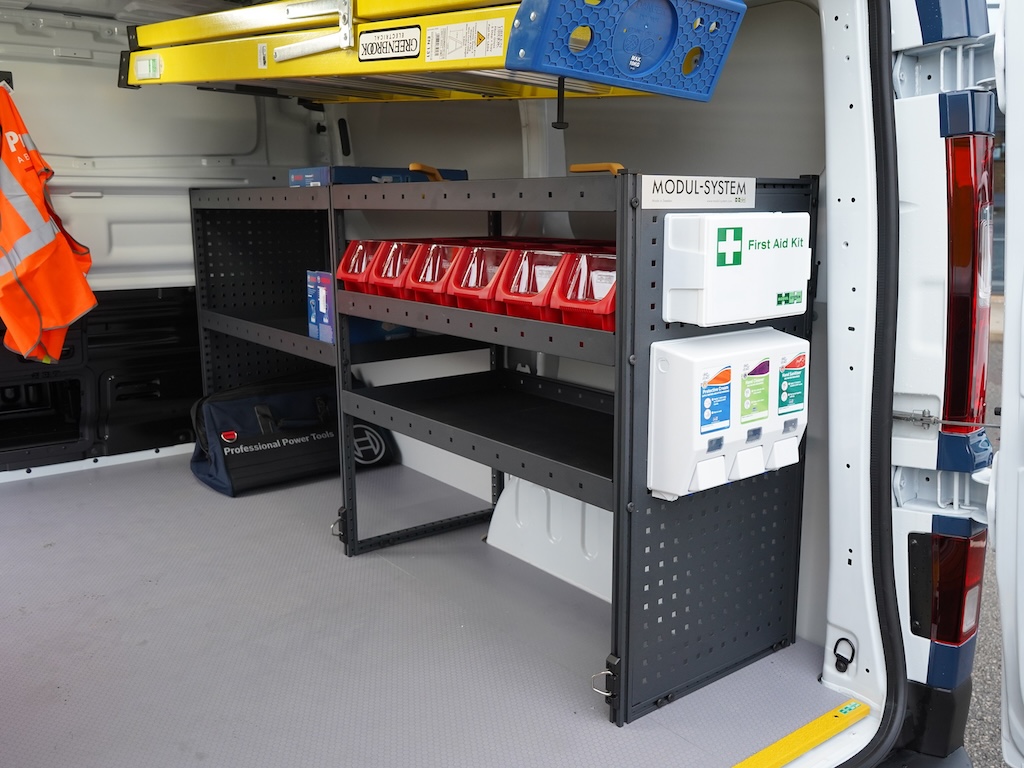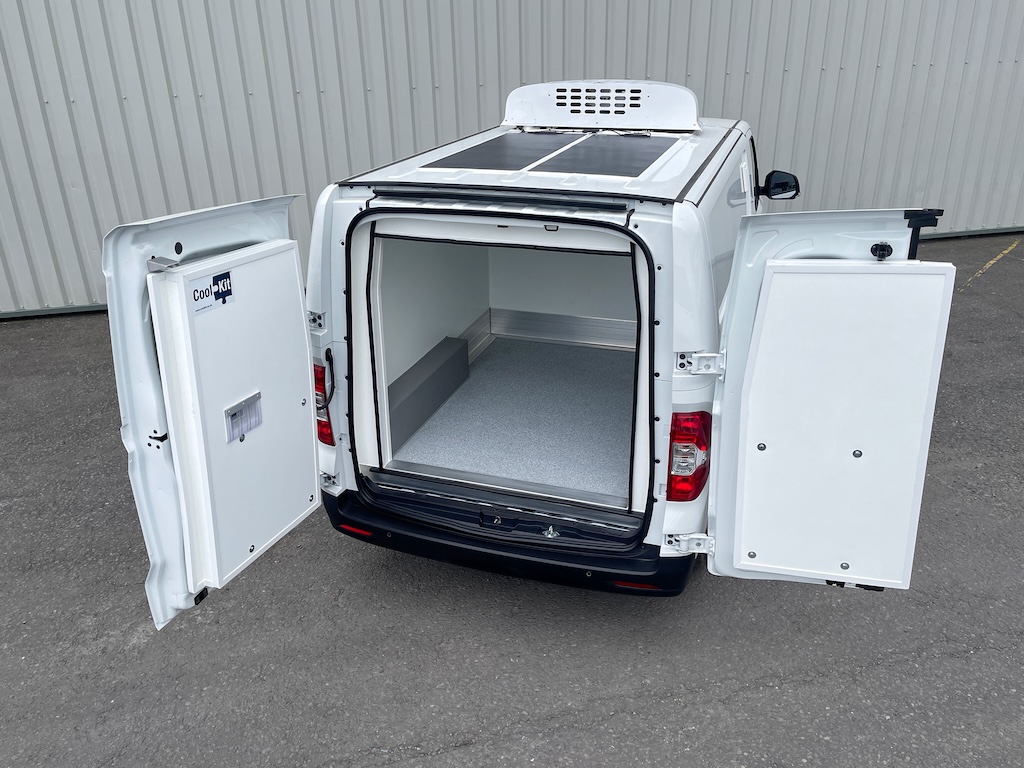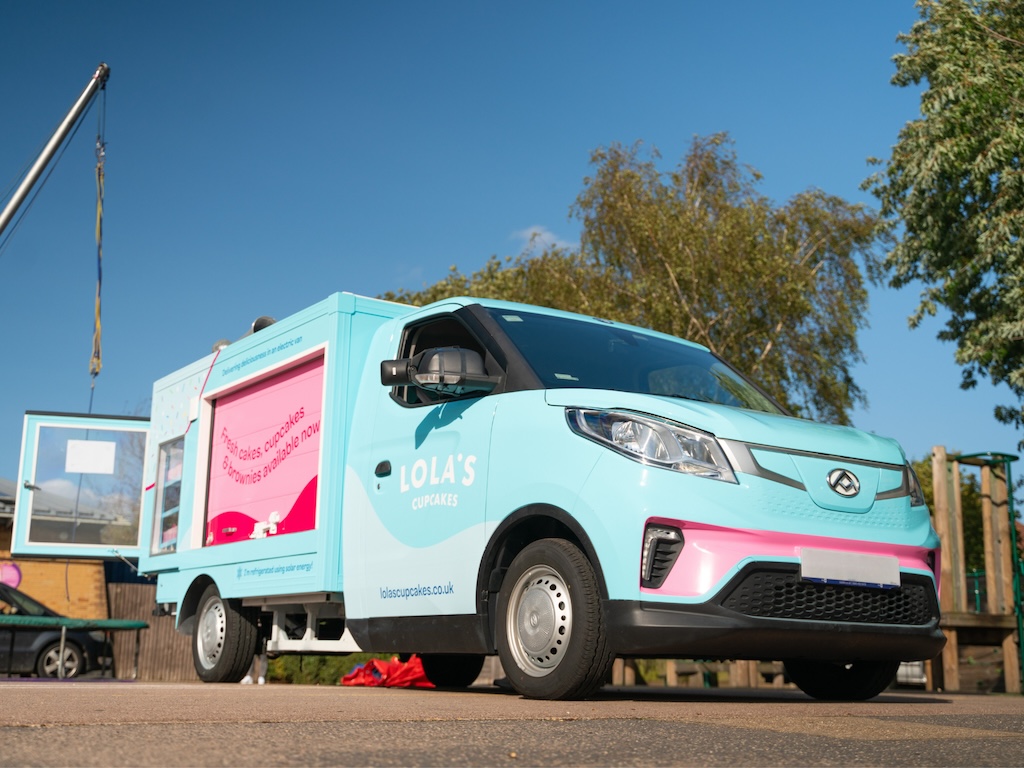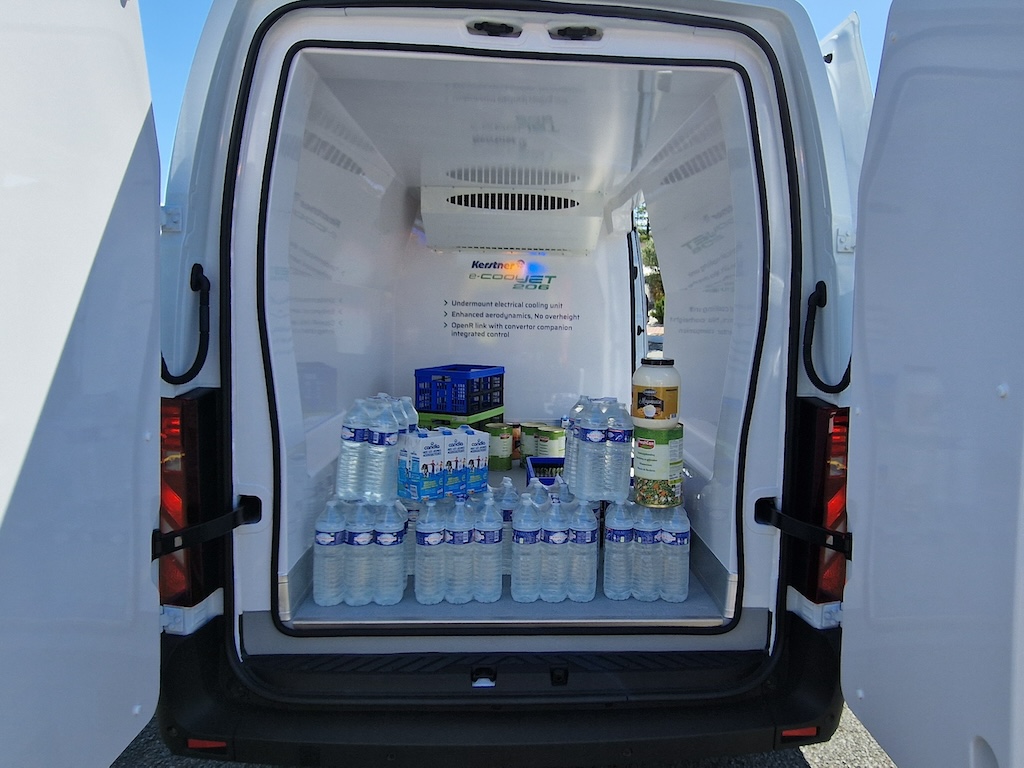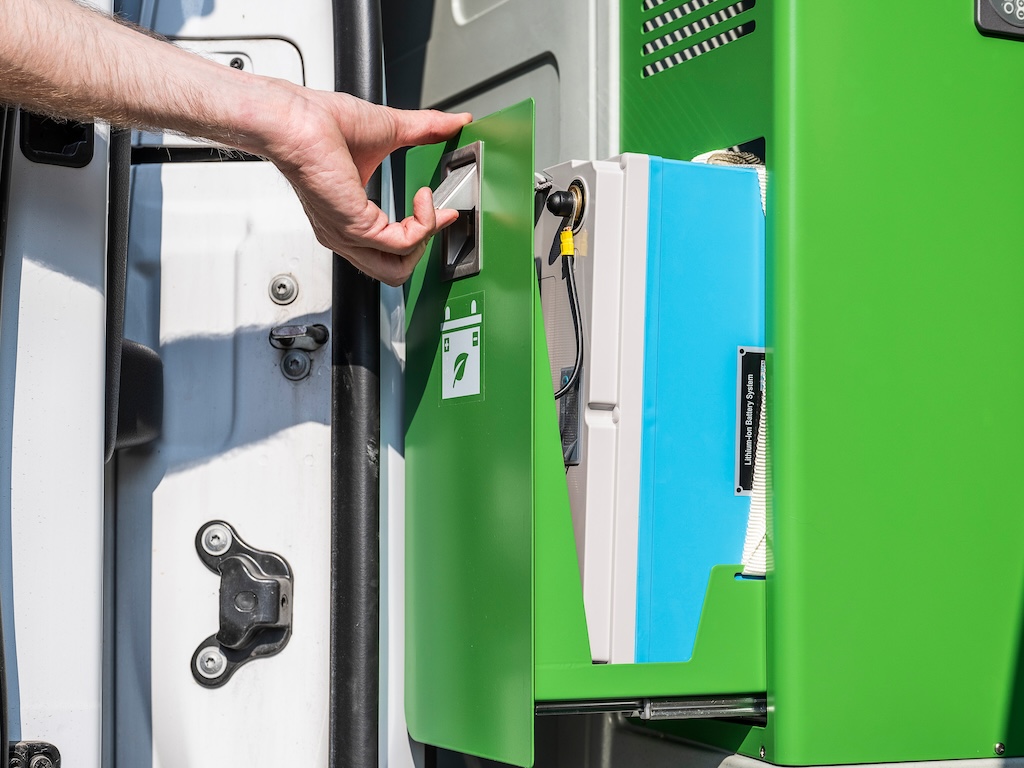From tippers to cranes, Matt MacConnell finds out what conversions are available to van fleets – and how they can help businesses improve efficiency.
Whether a fleet manager is looking to expand their fleet or simply replace existing vans, there is a lot to consider when purchasing a new LCV.
Beyond considerations about what it will be used for and how far it will be travelling, there’s also the shift to EV – a topic that extends deeper into increasingly familiar territory. And then there’s conversions – an important factor to fleets running commercial vehicles to consider. Conversions make up a sizeable portion of LCVs, particularly for larger vans with a gross weight of 3,500kg, but fortunately, there’s a lot of choice from OEMs and converters for EV and ICE vehicles.
Electric vehicle technology is evolving. Larger batteries increase range; faster charging allows operators to meet work schedules and little floor space is lost to batteries. If fleets choose to convert an electric van, it’s essential that the work doesn’t interfere with the battery and electrical system. Vehicle security company TVL Security stresses that modifications to electric vehicles should be carried out by highly trained professionals, according to the manufacturer’s guidelines to guarantee not just the integrity and functionality of these components, but also that the final product meets the necessary safety standards and regulations.
Current conversions
Maxus provides a range of LCV EV models, from the eDeliver 3 to the eDeliver 9. These are split into various categories: milk float, sliding side door, crew van, chassis cab, low-floor Luton and tipper. The OEM offers a full electric van conversion service, as do Nissan and Renault for their LCVs.
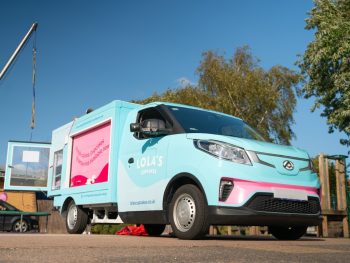
Meanwhile, hop onto the Ford Transit chassis cab configurator and you will find four options: single cab, double cab, skeletal chassis and E-Transit chassis single cab. Opt for the latter in electrified form and you’ll get a 1,714kg maximum payload. Stick with the entry-level ICE guise and that figure increases by 1,269kg. It’s easy to get lost in the Ford configurator – there are lots of options to choose from – but Ford offers various conversion prep packs that remove seats and can add roof modifications.
“Weight management is another important consideration. Conversions should avoid increasing the vehicle’s weight as this can negatively impact the vehicle’s range and overall performance,” reasons Laura Moran, TVL Security’s managing director. “Using lightweight materials – such as opting for aluminium frame racking – and incorporating efficient design principles are essential to mitigate these effects.”
Refrigeration units represent a complicated affair because of the technology involved – but there’s still plenty of choice from OEM and converters.
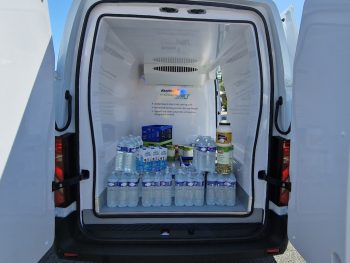
Renault uses Kerstner e-CoolJet refrigeration bodies for its new Master E-Tech, which allows the driver to control the temperature via a touchscreen inside the cab. If a fleet wishes to convert an existing van, Blackburn-based refrigerated LCV converter CoolKit can assist.
The company offers van conversion kits for those wishing to do the work in-house as well as full conversions: the conversion area on the company premises can hold up to 300 vans.
Cold as ICE alternatives
Refrigeration units require power, which could cause concern when running a fleet of electric LCVs, but according to CoolKit, its conversions do not draw power from the van’s battery. Each refrigeration unit is powered by independent lithium-ion batteries. If the units require additional power for whatever reason, they can also draw power from the van’s batteries up to certain levels. This allows for optimised payload capacity without weakening the unit’s capabilities. Its vans can also be fitted with solar panels to help take load off the main battery system. CoolKit supports multiple van models such as the Renault Kangoo E-Tech, Maxus eDeliver 3 and 9, Vauxhall Vivaro Electric, Mercedes-Benz eVito, Toyota Proace Electric, Renault Master E-Tech and Ford E-Transit.
Clitheroe- and Huddersfield-based catering business Total Foodservice Solutions approached CoolKit for refrigeration units and has since driven away with 22 conversions. The vans used were 3.5-tonne Mercedes-Benz Sprinters.
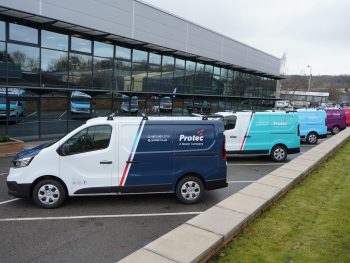
Meanwhile, Alphabet recently helped transform the fleet of life safety system installer Protec. The company operates a mixed fleet, with around 160 small and medium-sized vans, and before working with Alphabet, Protec managed its fleet management and acquisition programme in-house.
“We used to own and operate a basic van fleet; engineers had no air conditioning or sat nav and a simple loading area conversion,” recalls Gawin Davies, group service director at Protec. “Alphabet has helped us to introduce a high-quality vehicle lineup.”
Tipper top conversions
Tipper bodies have always been popular in the construction and forestry sectors. Citroën offers Ready-to-Run ICE tippers from its own conversions range, which are available in L2 single cab or L3 crew cab forms. The L2 will carry a payload up to 1,222kg while the reduced bed size of the L3 crew cab carries 1,033kg. Likewise, Citroën also offers a dropside. This model is available as an L2 (1,441kg payload), L3 (1,366kg payload) or an L3 crew cab (1,253kg payload). Curtainside vans, box vans low-floor Luton vans and standard Luton vans are also available.
When it comes to heavy lifting, there are a few crane options available. Having a vehicle manufacturer-approval stamp on a conversion, however, may not only help resale value but will also reassure a fleet manager that the conversion is done correctly.
Penny Engineering (formerly Penny Hydraulics) is a Volkswagen Commercial Vehicles-recognised converter. The Derbyshire-based company offers LCV-mounted cranes and loading platforms. Its swing lift crane can lug between 100-500kg, while its hydraulic cranes, which are mounted to a tipper bed, can lift anywhere between 500-2,650kg – with a boom reach of 2.47m to 6.79m, depending on the option chosen.
Fit for purpose
What are the options if a fleet manager wishes to upgrade an LCV’s existing conversion? Of course, finding an outfitter to apply the latest the industry has to offer for an existing van won’t be too much of an issue, but what about the old conversion? Companies can scrap existing parts, but this soaks up time and resources. Another option is to approach an asset auction company.
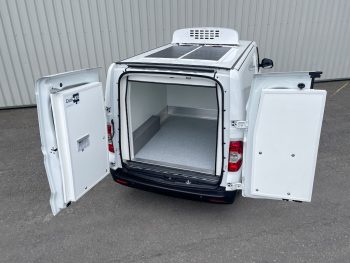
According to BPI Asset Disposal Solutions, selling unwanted or aged LCV conversions generates capital that can be reinvested back into the business. Partnering with an asset disposal company, such as BPI, means vehicles don’t need to be sent to a large auction house. A reputable asset disposal specialist should already have a database of potential buyers or a marketing function to find them.
“Until recently, most fleet managers would simply send their light commercial vehicles to the usual dealer network or an auction,” says Kev Gardner, BPI’s commercial manager. “Now, more are choosing to optimise value by working with an asset disposal specialist. One of the reasons for this is that large auction houses often require all the vehicles to be sent to them to be catalogued and put up for sale, which is a huge logistical operation and an additional burden for fleet managers – something that we can avoid by selling directly from your site.”
Asset disposal not only prevents these vehicles from taking up valuable space, but also plays a crucial role in supporting the circular economy. By auctioning these assets, they are given a second lease of life, extending their operational lifespan, claims BPI.
“Asset disposal specialists can advise contractors on the best practices for repurposing their assets, ensuring compliance with environmental regulations, helping them to make the shift towards net zero emissions or meet ESG goals and contributing to a more sustainable future,” adds Gardner. “We find that there are various other reasons why businesses might consider asset disposal, ranging from fleet renewal through to restructuring, change of business focus, relocation or liquidation.”


